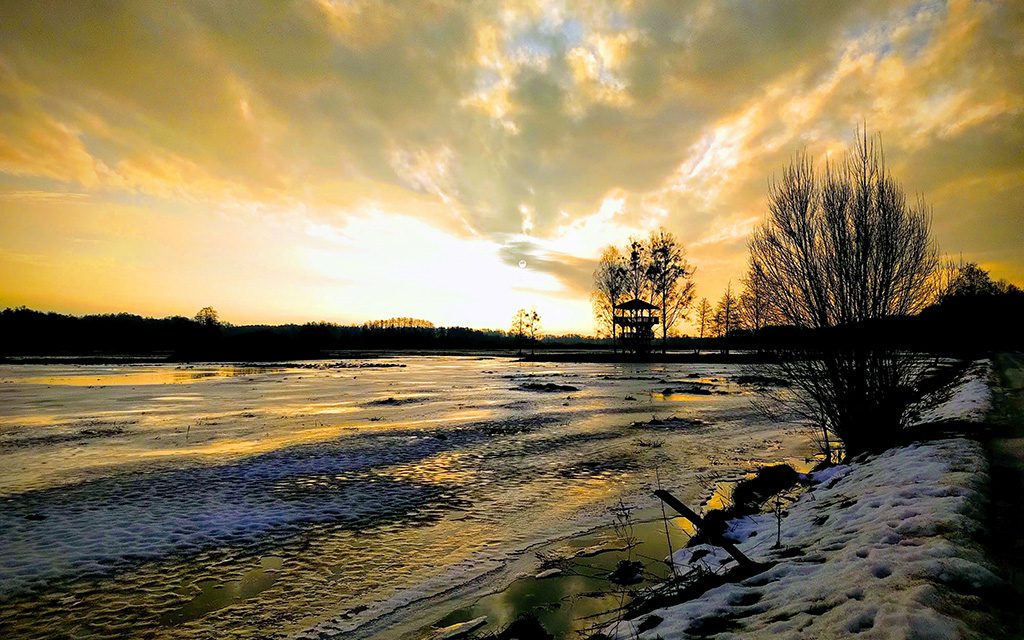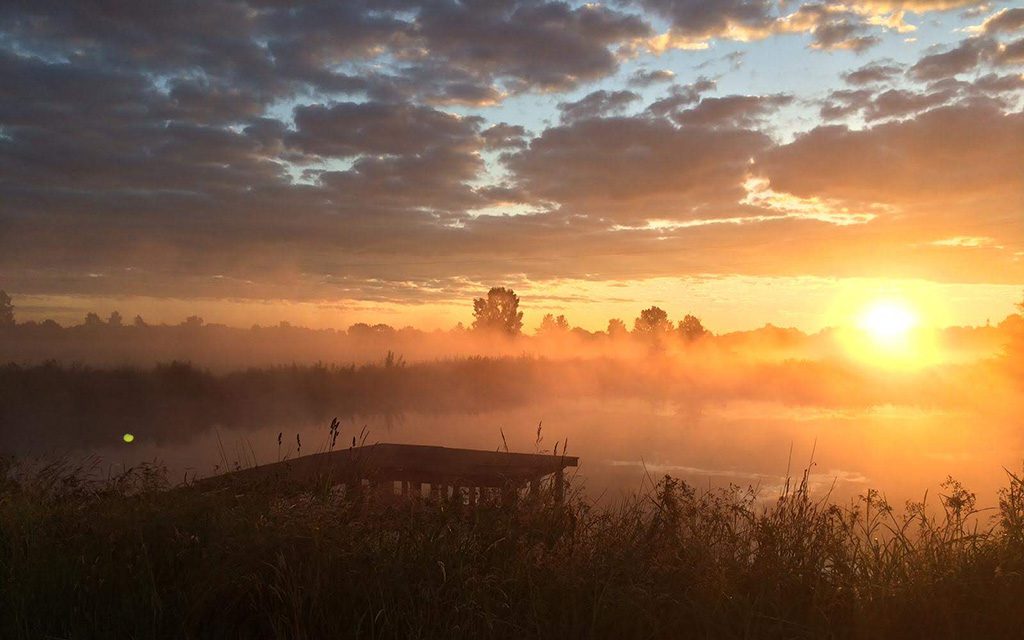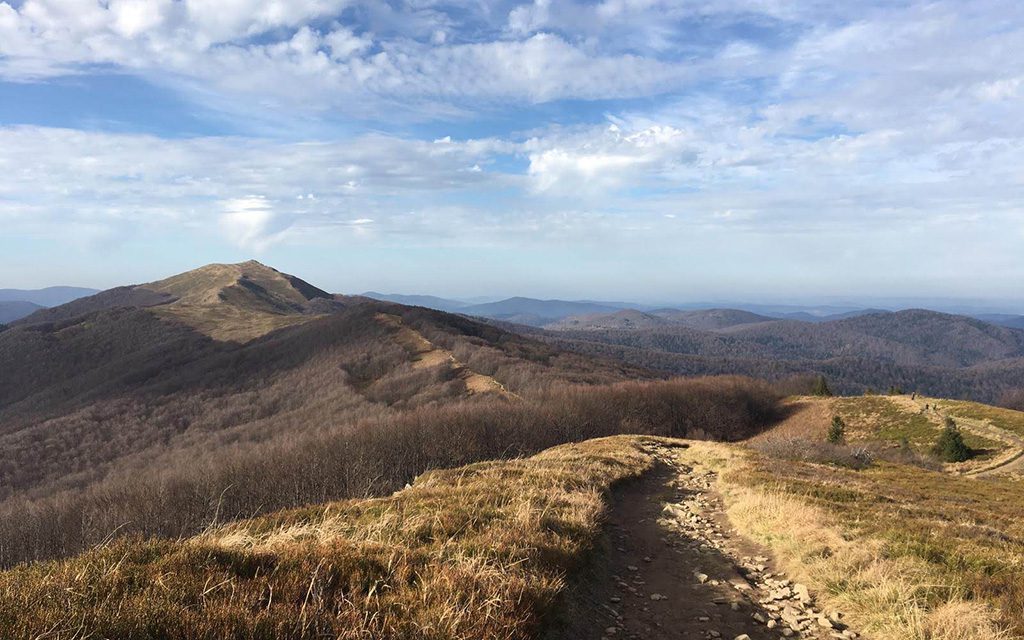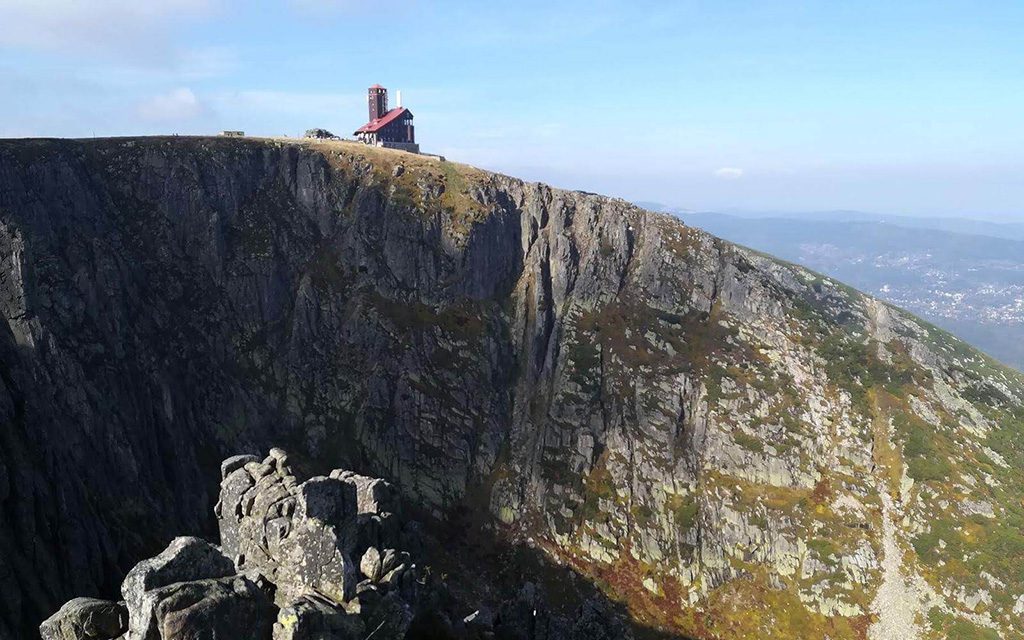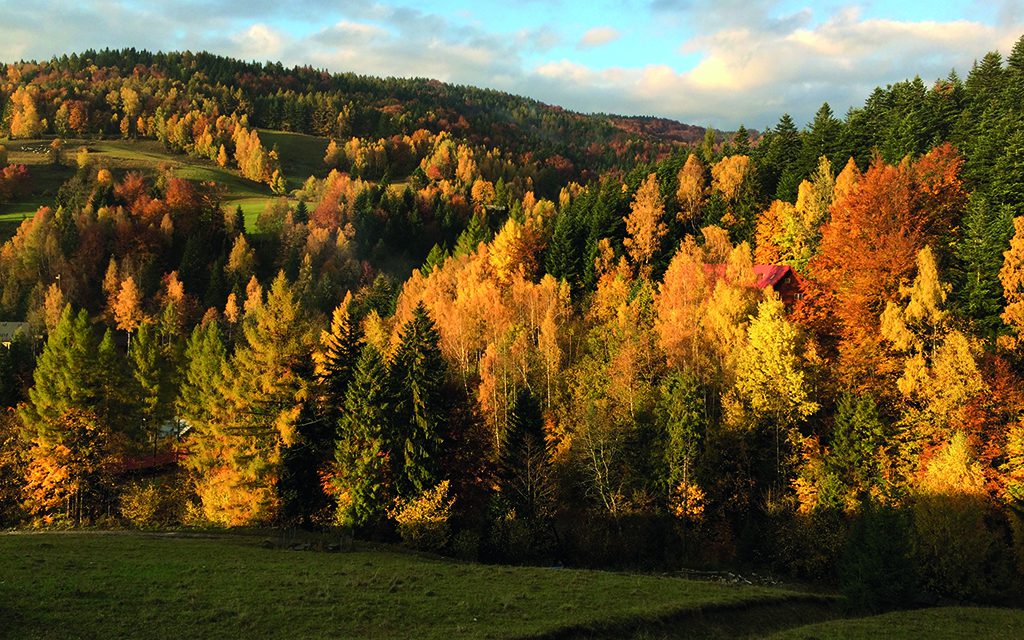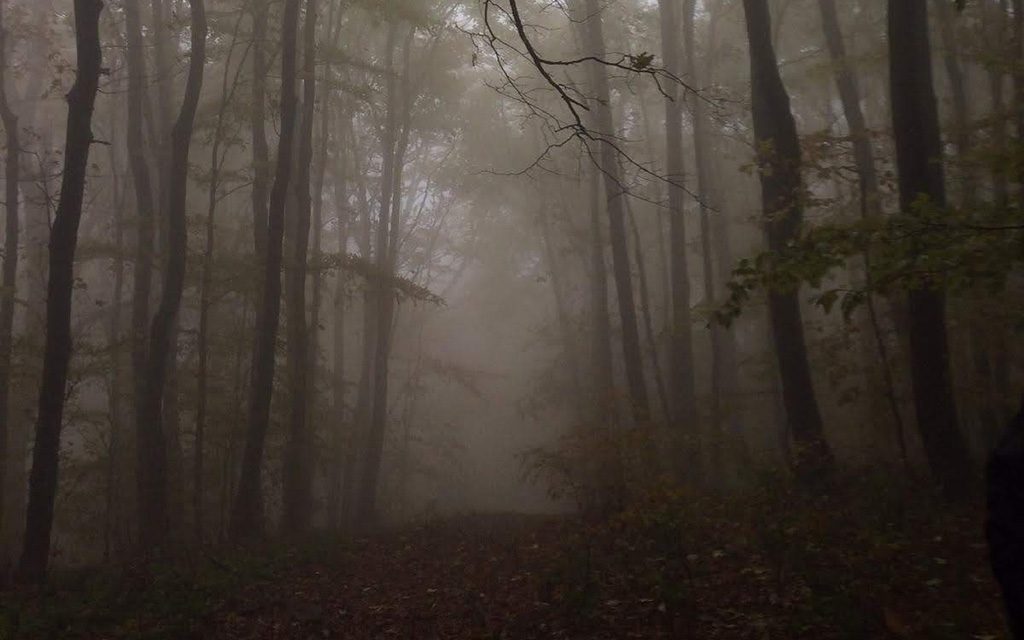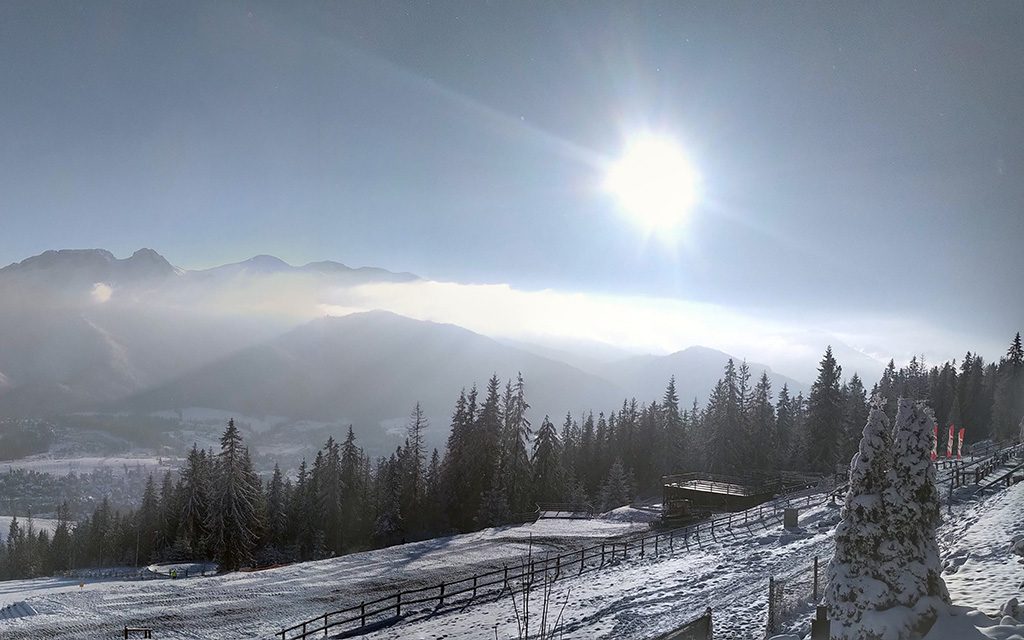National Parks
In Poland there is a great variety of national parks that protect ecosystems of different types and allow the conservation of the heritage included in the Natura 2000 Network of the European Union. We invite you to get to know the most important ones and be encouraged to visit Poland as a destination of extreme natural beauty, which has numerous routes for climbing, walking, sailing or cycling.
Białowieża National Park
The Białowieża Forest was declared a Biosphere Reserve in 1976 and a World Heritage Site in 1979 by UNESCO. This 10 502 hectare nature reserve is home to the last virgin forests in Europe, where they live, in addition to the very rare European bison, lynx, wolves, deers, moose, roe deers and wild boars, among others. Since 1945 it has been administratively divided between Poland and Belarus, the forest receives its name from the small Polish city of Białowieża, since it is the closest.
Biebrza National Park
It is the largest of all the natural parks in Poland, it protects the largest heath area (bush community) in Europe, which is its main attraction due to the topography and the wildlife that inhabits it. The Biebrza River is home to a large number of rare species of European waterfowl; in spring, when the river overflows, thousands of migratory birds come to this region and can be seen from special platforms.
Bieszczady National Park
It covers the highest part of the Bieszczady Mountains and its main peak, Mount Tarnica at 1,364 m above sea level; its territory is full of typical Carpathian vegetation.
Karkonoski National Park
The limits of the park enclose the upper part of the Karkonosze Mountains with its highest peak called Mount Sniezka at 1 603 m above sea level. The most important areas of the park are carefully protected, this includes a rocky area with postglacial depressions and mountain lakes. It also has heath areas with numerous species of plants that cover a plateau located 1 200 meters above sea level.
Ojcowski National Park
It contains numerous caves, spectacular rock formations, natural corridors and the famous “Mace of Hercules”; in addition to five climbing routes with a total length of 30 kilometers. It has a highly diversified population of insects (around 3 300 species) including 1 142 beetles and 520 butterflies. It also has more than 400 caves that are the perfect refuge for bats.
Słowiński National Park
It is a large group of moving dunes (they move 9 meters per year being blown by the wind) that are found along the coast of the Baltic Sea. The largest of them is about 42 m high. Its landscapes vary from a beach environment on the coast and pine forests on the shores of the lakes of the park’s territory. You can see animals such as the white eagle, the eagle owl and the black stork, among others.
Tatra National Park
On the Polish side the park is located entirely in the Tatra massif and its highest peak is 2 499 m above sea level. It is the only mountainous region in Poland with an alpine character. The fauna and flora of this place create different environments due to altitude changes, with peaks predominating from 2 300 m in height. There are marmots and bears among wild animals.
